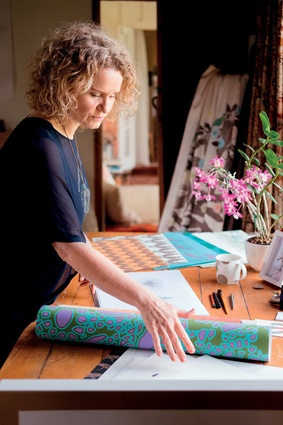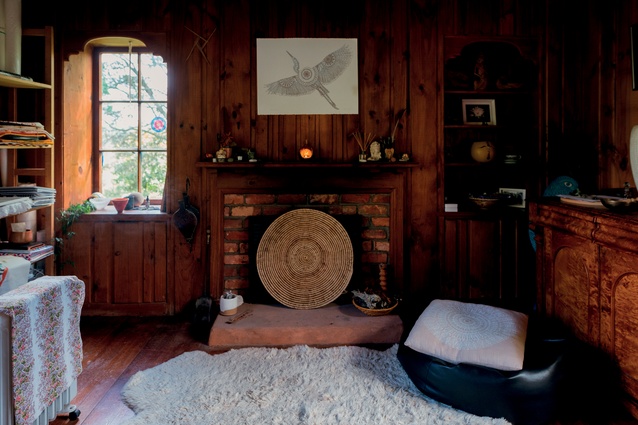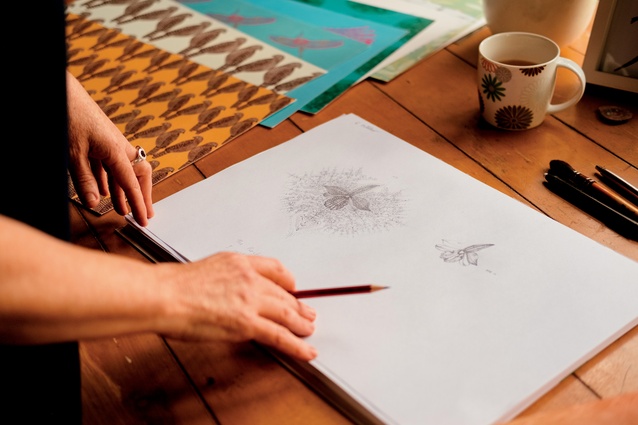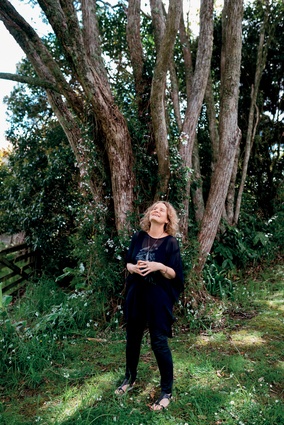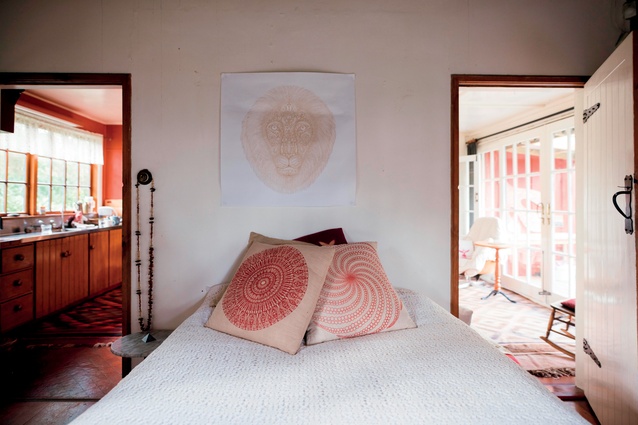Design people: Miranda Brown
Miranda Brown is a creative entrepreneur producing nature-based drawings and designs that cross boundaries between different materials and functions. She speaks with Camille Khouri about her creative journey.
What is your background? Did you study art?
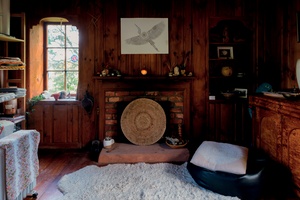
I went to Otago University and studied textile science. My textile passion carried through to fashion and homewares. In fashion, I was known for dying using the shibori technique, and I worked in costume departments for some years. I lived in Japan and learned the art of shibori. That all came through into my fashion label, which is how it started. Then I began drawing, and the drawing came back into the textiles. Now that I’m not restricted to garments, I can draw more finely as the print process is digital, not screenprinting. I pencil draw and then add colour on the computer.
You were a part of the Art Venture programme in 2016. What was involved?
The Art Venture programme is run by the Arts Regional Trust, which has created this platform to support creative entrepreneurs. It’s a year-long programme, and you’re coached and supported and are part of a team that travels together through this process. Out of that, I was able to segue from being a fashion designer to being a visual artist and integrating cultural narratives into the built environment and people’s lives.
How do you find your clients?

I’ve been very much working and building my relationships with the built environment. People know me from what I’ve been doing, and I am actively going out and networking.
What is your passion?
My calling is to connect people to nature. All of the mediums I use give me that opportunity. The Peacekeepers is a collection I am launching as my art range, and it also has an educational aspect in that it will connect people with nature and get them outside. If people engage with it, they will look after it. I am enjoying working on the wallpapers. One wallpaper design uses the kārearea – the falcon – which is one of the Peacekeepers, and it is endangered because of loss of habitat. I play with colours, not just drawing the actual bird; I’m more drawing its spirit.
Do you prefer working on practical projects or making art?
I do both. You can buy these as artworks, but if a client wants it as a decoration – one client wants it etched into her glass door – that is fine too. It’s multi-dimensional.
You were nominated for a Best award for the Patterson Architects-designed Geyser building in Parnell, Auckland. Can you tell us about that project?

I collaborated with interior designer Amanda Hookham-Kraft from Regenesis and Samson Corporation. We created a biophilia installation within the space. Biophilia is the scientific explanation for our connection with nature. We are nature, and when we are in nature, we feel connection and we flow. That’s why they’re bringing it back into the built environment for offices – for productivity – and in hospitals – for healing.
The Geyser project was a whole refurbishment involving a shelving system created by the interior designer. I drew a flower image using the DNA spiral, and we used it to create this round meeting room. I was able to come into the project at the beginning, integrating the artwork into the space instead of adding it later.
You were also involved in the Burwood Hospital project in Christchurch.
Yes and I felt a part of that. I’m really driven by regenerative practices. For Burwood, I worked on the curtain print for the wards, and that was a great commission for me. These people are going to be lying there for a long time and they are able to look on something lovely, and hopefully that helps with their recovery. I love the medium of what I’m working in now because it can go on any surface and tell that story.
Do you have a dream project?
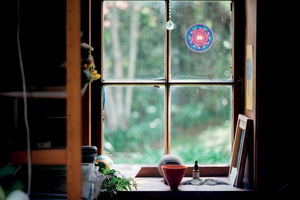
The Peacekeepers is my dream project. This is it! I’m doing it! The Peacekeepers are those who want peace on Earth and are fighting the good fight. It’s about engagement. It’s the ultimate for me as an artist that I am creating beauty and inspiring people to engage with nature. In terms of the built environment, the Geyser building was a dream project, although a hotel would be my dream commercial project – to do the wallpaper, the textiles, the bed throw; the whole thing.

